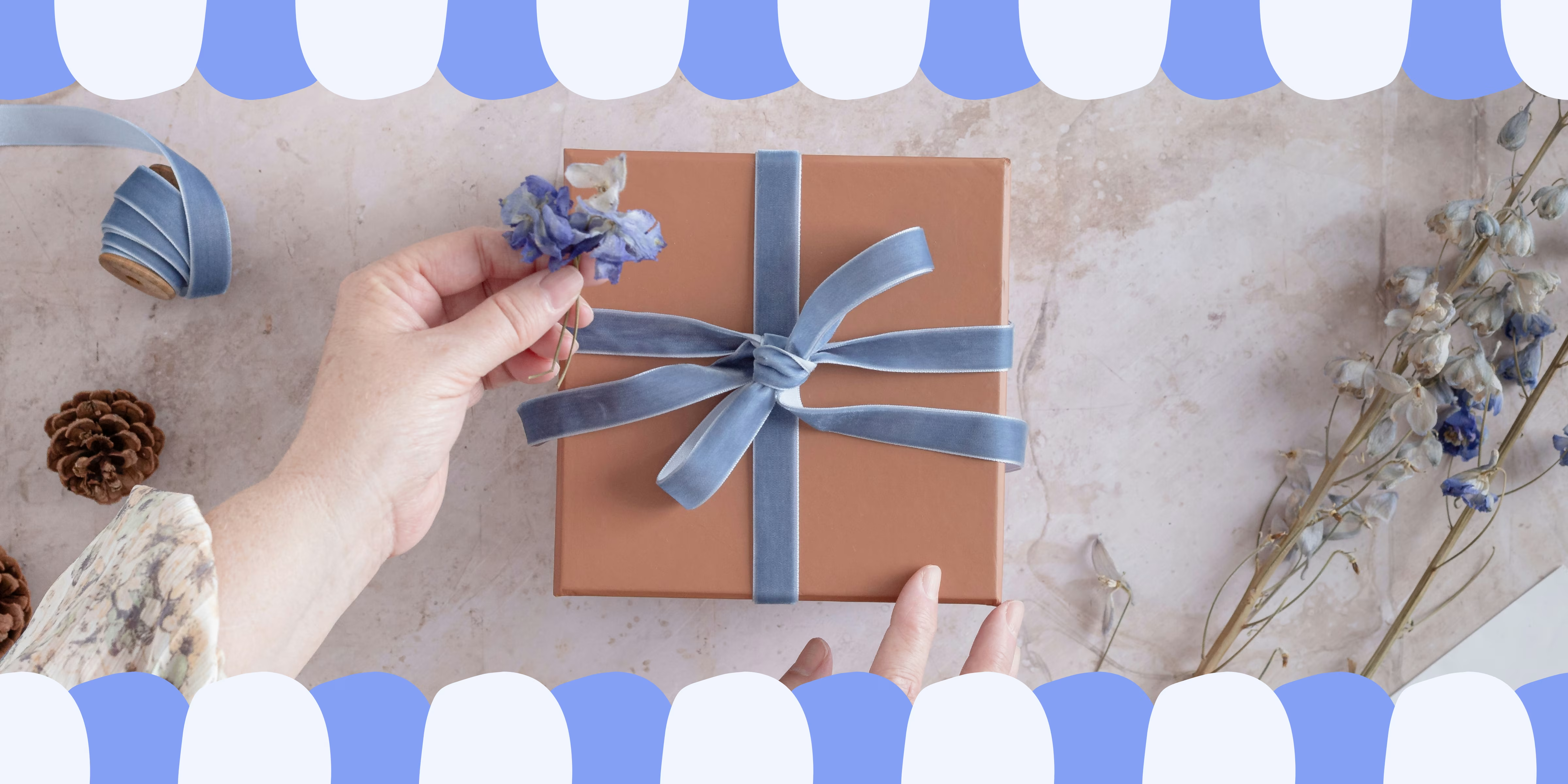Getting a period can be stressful enough—and once you add in the high cost of menstrual products, societal stigma around openly discussing the topic, and the recent news that toxins may be present in popular period products, and it can really feel like you’ve been dealt the short end of the stick. But periods are completely natural and normal, and you deserve comfortable and safe options for managing menstruation. Whether you’re new to menstruation or looking to switch things up, finding a product that fits your needs and lifestyle may take some trial and error. Let’s take a look at different types of period products, pros, cons, and more.
Are tampons bad for you? Here’s what you need to know
A recent study has raised alarms about the presence of harmful toxins, including arsenic and lead, in more than a dozen popular tampon brands. While this study is not the first to find harmful toxins in tampons, it is the first to specifically measure the presence of harmful metals. These toxins are thought to make their way into products through contamination during production, or they are added intentionally for odor control, as a bleaching agent, and more.
Despite their clean, modern branding, organic tampons were not free of toxins. According to this study, the non-organic tampons they tested contained higher concentrations of lead, while the organic tampons included in their research contained higher concentrations of arsenic. The study, however, did not determine at what amount does the presence of these metals become harmful.
What can be done? Ideally, the FDA should require manufacturers of menstrual products to test for heavy metals in tampons, placing more responsibility on businesses, not consumers. In the meantime, you can consider avoiding period products that contain plastics, fragrances, and artificial colors. If you feel unsafe using tampons, consider using other period products (more on this next).
How long can you leave a tampon in?
You can safely leave a tampon in for up to 8 hours, though it’s recommended you change your tampon every 4 to 6 hours to reduce the risk of irritation or infection. Leaving a tampon in for too long can increase the chance of bacterial growth, potentially leading to infections like Toxic Shock Syndrome (TSS), a rare but serious condition. If you’re sleeping with a tampon in, choose an option with lower absorbency instead of heavy flow options, double up protection with a pad, and be sure to put in a fresh tampon before bed, removing it right when you wake up.
Do tampons have an expiration date?
Yes, tampons do have an expiration date. The expiration date is typically marked on the box or individual wrapper. While they don’t ‘expire’ in the traditional sense, tampons can become less safe over time, especially if they’re exposed to moisture, which can encourage bacterial growth. Using an expired tampon could increase the risk of irritation or infection, as the materials may deteriorate and become less effective. It’s best to store tampons in a cool, dry place and check the expiration date before using one—if in doubt, it’s safer to use a fresh, unexpired tampon.
Do pads contain chemicals that make you bleed more?
Though some folks are concerned about certain chemicals used to manufacture period pads, pads do not contain chemicals that make you bleed more. Most conventional pads contain absorbent materials and may have synthetic fibers, fragrances, or dyes, which are added to improve their functionality and comfort. While they may present other concerns like irritation, these materials do not affect your menstrual flow. For those concerned about chemical exposure, organic cotton pads or reusable cloth pads can be a good alternative.
What period products are right for you?
When it comes to choosing the best period product for you, personal preference, lifestyle, and flow level are key factors for consideration. Companies have only just started testing menstrual products with menstrual blood vs. that mysterious blue liquid you see in commercials, so picking the right size and absorbency may be a trial-and-error process. Here’s a breakdown of some popular menstrual products to help you decide.
1. Tampons
Tampons are one of the most popular period products–an estimated 52-86% of people who menstruate use tampons. Tampons are inserted via an applicator (typically plastic or cardboard) or finger into the vagina to absorb menstrual blood before it leaves the body. Tampons come in various absorbency levels, from light to super plus, making them versatile for different flows. However, it’s essential to change tampons every 4-8 hours to avoid the risk of infection.
Look for 100% cotton options as the fewer ingredients, the better! If you’re concerned about single-use plastics, consider applicator-less tampons or try reusable tampon applicators made from medical-grade silicon.
Menstrual blood has a different viscosity than blood elsewhere in your body and changes from person to person, as well as hour to hour in your cycle. If you tend to have thicker blood clots that aren’t absorbed by tampons, you might also consider using a thin pad for peace of mind.
2. Pads
Pads, also known as sanitary napkins, are worn on the underwear and absorb menstrual blood externally. They’re a great option if you prefer a method of managing your period that doesn’t require vaginal insertion. Pads come in different sizes and thicknesses, from ultra-thin liners to overnight pads with wings, offering flexibility depending on your flow. If you have sensitive skin, look for unscented pads made from organic cotton.


3. Menstrual cups
Menstrual cups are a sustainable alternative to traditional period products. Made from medical-grade silicone, rubber, or latex, these cups are inserted into the vagina and collect rather than absorb menstrual blood. One of the biggest advantages of menstrual cups is their long wear time—they can be worn for up to 12 hours before you need to empty and clean them. Menstrual cups are reusable and can last one to two years if you take proper care of them, making them eco-friendly and cost-effective over time. However, finding the right fit can take some trial and error, and it may take a few cycles to get comfortable with insertion and removal.
If you have an IUD, there are some early studies that indicate using menstrual cups or discs may contribute to expelling the IUD by accident. You can always discuss this with your provider before trying one out to see if they have specific recommendations.
4. Menstrual discs
Similar to menstrual cups, menstrual discs are inserted into the vagina, but they sit higher up near the cervix. Discs can also be worn for up to 12 hours and hold more fluid than a tampon or pad, making them suitable for heavy flows. Menstrual discs are soft and can be used during penetrative sex if you prefer a more mess-free experience (but you’ll find no period sex-shaming here–if you like messy period sex, carry on!). Discs are disposable or reusable, depending on the brand, and some people find them more comfortable than cups because of their placement. However, like cups, they require some practice to use effectively and have a small chance of expelling IUDs.
5. Period underwear
Period underwear is a relatively new addition to the menstrual product lineup. Period underwear, boxers, leggings, etc. are specially designed with multiple layers of absorbent material that hold varying amounts of menstrual blood, depending on the brand and style. The inner layers are typically made from moisture-wicking fabrics like cotton or microfiber, which help draw blood away from the skin to keep you dry. Beneath that are absorbent layers, often made from materials like polyester or a blend of natural fibers, designed to trap and hold the fluid securely. Finally, the outer layer is usually made from a leak-resistant fabric to prevent any blood from seeping through.
Period underwear can be worn on its own or as backup protection on heavier days. They’re easy to use—just wear, wash, and repeat—but you will need at least a few pairs to get through a cycle, making the initial investment higher. If you aren’t used to free bleeding, it may take some time to get used to the sensation of period underwear.
If menstruation tends to bring on gender dysphoria, period underwear might be a good option for you. Period underwear is available as boxers and briefs, and may prevent you from having to rustle loud period products in public bathrooms where you’d rather not.
Sustainability and your period products
For many, sustainability is an important factor in choosing period products. Traditional disposable options, like tampons and pads, do contribute waste, with billions of these items ending up in landfills each year. If personal sustainability is a priority for you, there are more sustainable options available to help reduce your environmental footprint.
Menstrual cups and discs, for example, are reusable and can last for several years with proper care. Period underwear, which can be washed and reused, reduces the need for disposable products. If you prefer tampons and pads but want to reduce your waste, you can opt for a reusable applicator made from silicon, applicator-less tampons, or biodegradable or reusable pad options.
As anyone who menstruates will tell you, it isn’t easy. When you land on an option that works for you, no one has the right to shame you for that choice. Choosing a product is personal and depends on your comfort with insertion, lifestyle, and health considerations. Whether you prefer the familiarity of tampons and pads, the eco-friendliness of menstrual cups and discs, or the convenience of period underwear, there’s an option out there for you. For more guidance on reproductive and sexual health, Hey Jane is here to support you.


Want to take action?
Join the Un-Whisper Network

















